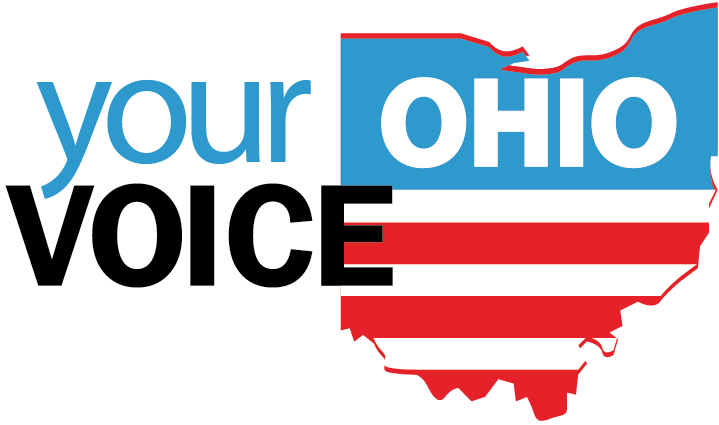In conversations with journalists, I find a strong belief that citizens want public policy makers to spend money on beds and intensive therapy to end the other growing costs: Deaths, emergency room bills, EMS runs and the potential for an outbreak of HIV and Hepatitis C.
I guess you would call that “intervention.”
There’s plenty of research showing that those who have tried heroin require intense rehabilitation. Their lives may require radical restructuring and removal from their previous social network.
I saw several Ohio news outlets tweeting links to intervention stories over the weekend — will provide links when I get them assembled.
Meanwhile, what conversations are we having about “prevention.”
In a recent breakfast at Woody’s Restaurant over Texas Toast and scrambled eggs, former state representative Steve Dyer of Green, Ohio, offered this analogy: Two nurses standing on a river bank see one baby after another floating by. One nurse jumps in and starts tossing babies onto the shore. The other walks away. The one in the water yells, “Where are you going? Aren’t you going to help?”
The other answers, “I’m going upstream to find out who’s throwing them in.”
The Cleveland dilemma
In thinking about prevention, I recently showed the Cincinnati Insights heroin dashboard to competing Cleveland journalists and asked if this website was a possible solution. It has radically changed thinking in Cincinnati as public officials and social workers tackle the heroin outbreak. They know more about when and where overdoses are likely to occur and focus prevention and intervention efforts there. Meanwhile, they reduce public cost.
“Never happen here” was heard at two Cleveland news outlets.
Reason? One reporter said he had never seen such a dysfunctional city.
So here’s the question: If we (journalists) tell our audiences about solutions that aren’t being discussed — or dismissed — in our community, does that open the conversation to new possibilities? Do citizens have ideas in addition to, give us beds?
Prevention? Intervention? How do those words frame the conversation?




